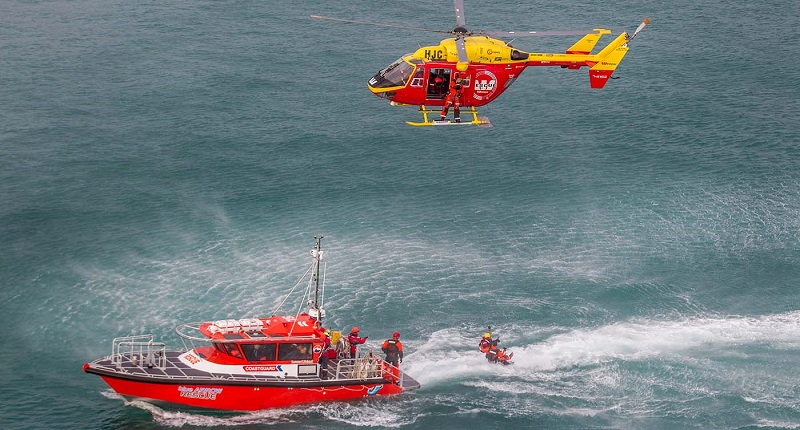|
There have been a few events recently which have impacted the health and safety industry in New Zealand and given me cause to reflect on where the industry is currently at and where it might be heading. The underlying theme of all these discussions concerns the emphasis on either compliance or culture as being the driving force for changes in health and safety practice.
The first event was a 2022 independent WorkSafe review which stated that WorkSafe lacks a clear strategy and cannot say if its activities are either cost effective or are reducing workplace harm. The report also stated that there were instances of known harm where WorkSafe appears to be taking little or no intervention action. It also stated that WorkSafe were unable to ‘clearly define its role’. CEO Phil Parkes has been keen to promote education over enforcement as a better way of building capability in the industry and reducing harm.
Last week we heard the announcement of a major restructuring at WorkSafe, Phil Parkes standing down and around 120 jobs to be lost as a cost-cutting exercise. Four key leaders have left the agency since February 2023, and have not been replaced. The Business Leaders’ Health and safety Forum called on WorkSafe to “get back to core work and put heat on businesses that did not measure up”. Thus, for WorkSafe, the future looks to be heading back to the past, whatever that may entail. Possibly more inspectors, more prosecutions, and more compliance.
The second event was the release of the Business Leaders’ Health and Safety Report on the ‘State of a thriving Nation’. This report concerned the current state of Health, Safety and Wellbeing in New Zealand. Some of the key findings of the report were.
- NZ’s Collective health and safety performance as a country remains sluggish, uncoordinated, and under discussed.
- 2022 NZ fatality rates are comparable to the UK in the 1980’s, and twice that of Australia.
- The cost to NZ through lost lives, lost earnings, serious injury and health costs from workplace harm total $4.4 billion annually. If we could match Australia’s record, we could save $1 billion annually.
- The causes of harm are different for different stages of the economic cycle. When booming, too much busyness can crowd out good systems, processes, and culture, while in downturn the tendency is toward cutting safety, training, and wellbeing resources.
- Health and safety is commonly interpreted very narrowly through a compliance lens.
- Construction is a particularly high risk due to high prevalence of injury, high degree of reliance on disparate supply chains, high use of small sub-contractors, and highly cyclical nature of the industry.
- SME’s are better at informal and relationship intensive approaches to health and safety.
The health and safety rules and regulations are pretty much the same for New Zealand as for Australia and the UK, but the difference may be around the lack of a coherent strategy for delivery and implementation. In the future, changes are needed to both behaviour and accountability, which for the purposes of this article means a push to both compliance and culture.
The third event was the dismissal of the charges against the directors of Whakaari Management Limited (WML) and other organisations for breaches of health and safety regulations following the eruption of the volcano and death of 22 people on the island. This was the biggest and most complex court action undertaken by WorkSafe, and the stakes for all parties was very high. There has been a lot of online commentary around the lack of evidence provided by WorkSafe to support the charges, namely in terms of Board minutes. Without that evidence, the judge was unable to assess what a reasonable director would have done. There were also arguments provided by the defence that because WML had no physical presence on the island, it had no control or influence over the activities of the tour operators.
However, the dismissal of the charges by the judge demonstrated how hard it currently is to hold Directors to account, and how the tenant of overlapping duties can be challenged so easily. The notion that all people in the supply chain are responsible for health and safety seems to be on shaky legal ground.
Compliance at the bottom is hard to achieve without the backup of the court, but the positive is that further prosecutions will benefit from understanding the legal thresholds for evidence to secure a prosecution. However, this provides little comfort for the victims.
So, what is the future for health and safety? My crystal ball says more Inspectors, more compliance checks, and more successful prosecutions, which will potentially force the changes in culture that are required for the safety record to improve. Watch this space.
Paul Duggan, General Manager
|














